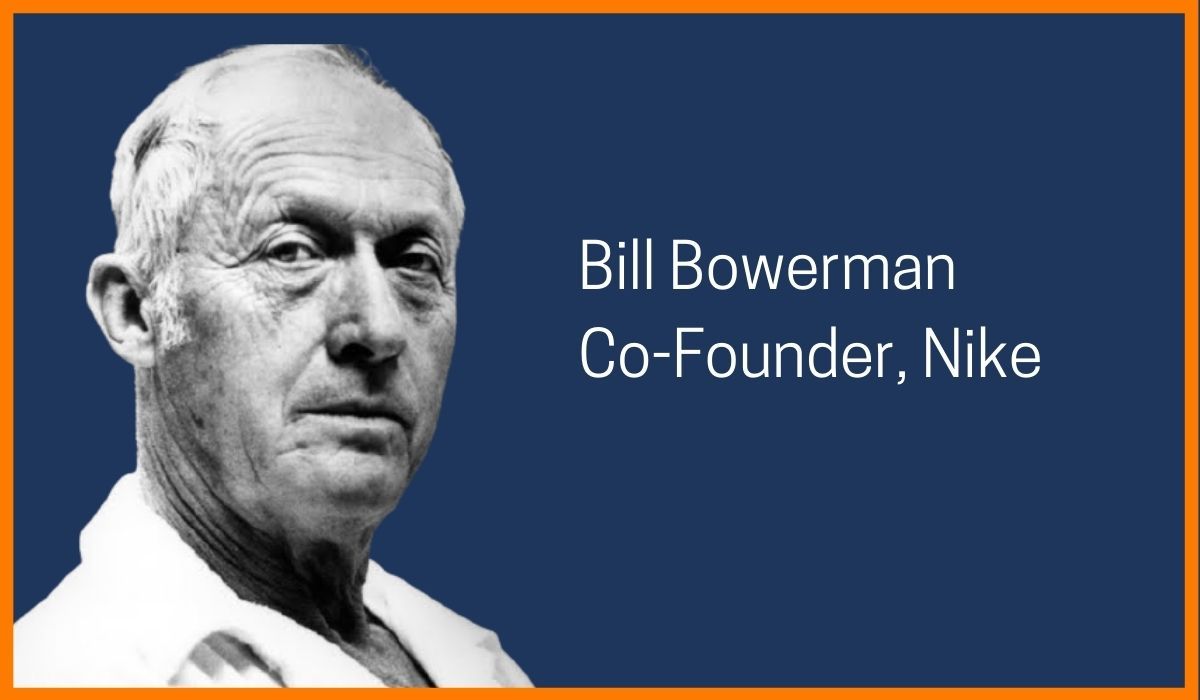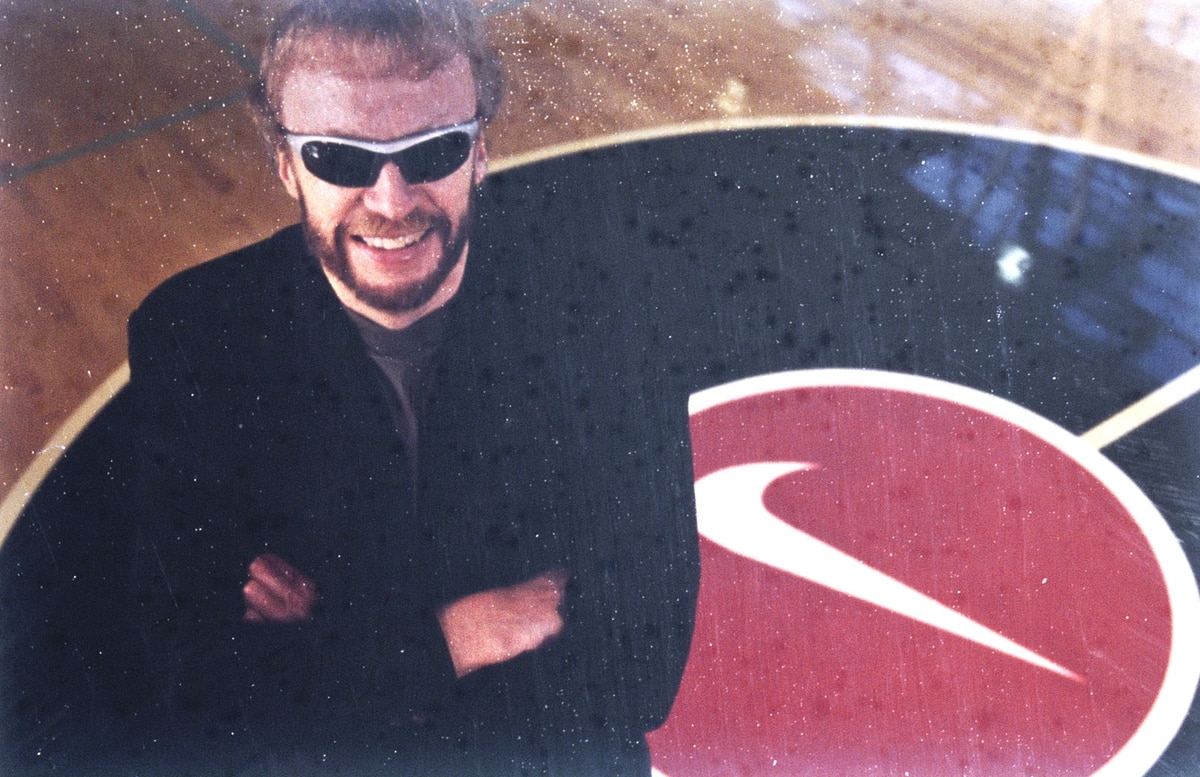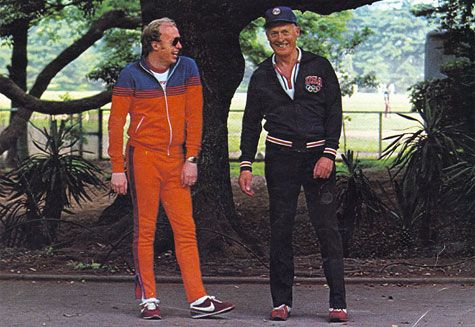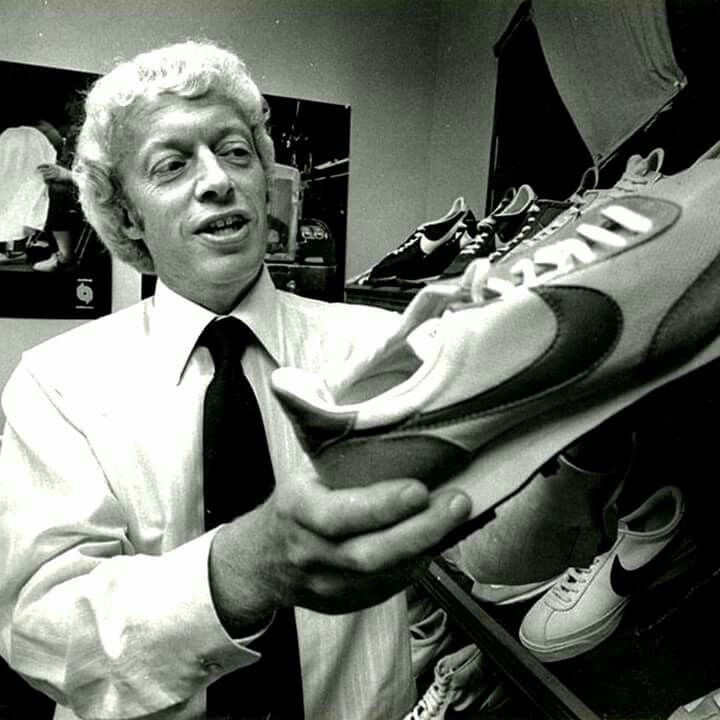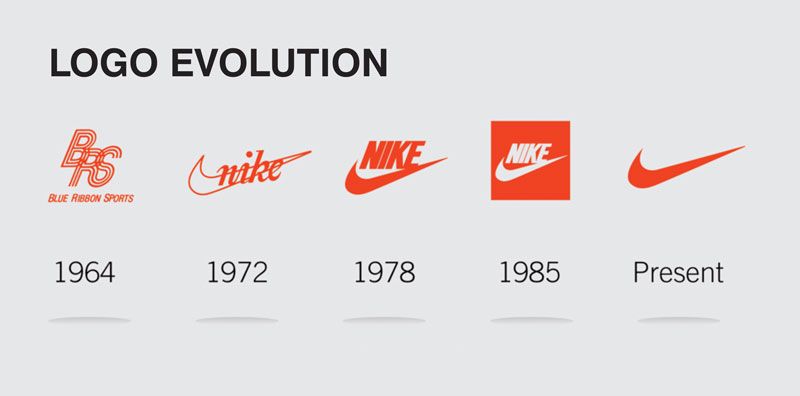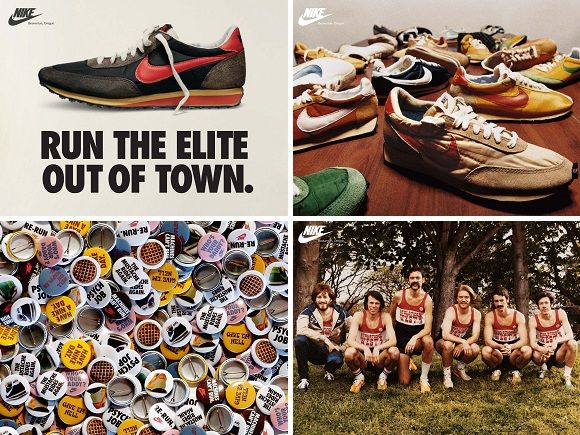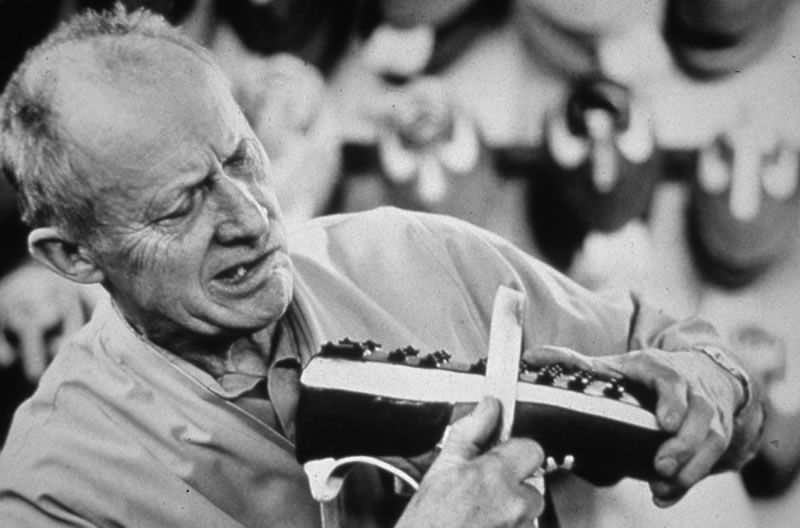
Establishment
How Was Nike Founded?The story of Nike begins with the story of Blue Ribbon Sports back in 1964. Around that time, Phil Knight had just gone through University of Oregon followed by
a stint at Stanford for his MBA, l
eaving him with two crucial experiences that set the trajectory of his future.
At University of Oregon, he ran for the school's track and field team, putting him into contact with their coach, Bill Bowerman. Aside from an intensely competitive
ethos, Bowerman displayed a fascination with optimizing his runners' shoes, constantly tinkering with different models after learning from a local cobbler.
According to Nike, Knight was the first student to try one of Bowerman's shoes. Seeing him as a safely-unimportant runner to test his shoes on, Bowerman offered
to take one of his shoes and fix them up with his custom design. Knight accepted the offer, and, supposedly, the shoes worked so well that his teammate Otis Davis
took them and ended up using them to win gold in the 400-meter dash in the 1960 Olympics. Otis Davis insists to this day that Bowerman made the shoes for him.
After the University of Oregon, Knight went through Stanford's MBA program, during which he wrote a paper theorizing that the production of running shoes
should move from its current center in Germany to Japan, where labor was cheaper.
Knight got the chance to put this theory to the test with a trip to Japan shortly after his 1962 graduation. He struck a deal with a group of Japanese businessmen
to export the country's popular Tiger shoes into the U.S.
Coach Bowerman, who long believed that German shoes, though the best on the market, weren't anything too special to be replicated or even improved on,
supported Knight's venture, entering into a 50-50 business deal for ownership of their new company, Blue Ribbon Sports, established in Eugene, Oregon,
on Jan. 25, 1964.
This shoe was a major success for Nike, the first of many to come as the company maintained a strong and steady growth through its early days, culminating
in its 1980 IPO, which immediately made Phil Knight a millionaire with shares worth $178 million.
Since then, the company has only continued to grow, helped on in part by a series of clever ad campaigns, most famously the 1988 "Just Do It" ad campaign
apparently inspired by the last words of American murderer Gary Gilmore before the firing squad, "Let's do it.")
The company's other greatest asset has been its celebrity endorsements. They struck big signing athletes like Tiger Woods, Kobe Bryant, and Lebron James
in the early stages of their career.
By far the most lucrative endorsement Nike has ever had, both for the company and its sponsor, has been with Michael Jordan. Spotting potential, Nike tried
to swoop in for an endorsement from Jordan before the start of his first season with the pros in 1984. Despite having never worn a pair of Nike's before and
harboring hope for a deal with Adidas, Jordan ended up signing on with Nike after a meeting in which they promised the soon-to-be star $500,000 a year for
five years, two die cast Mercedes cars, and shoes customized to his specific requests.
The deal proved a smash hit for Nike, with Jordan quickly rising to super stardom and his shoe line, Air Jordans, hitting the market to make over $100 million
in revenue by the end of 1985. Air Jordans continue to be a cash cow for Nike. Despite some recent declines in sales, the brand still nets the company a
staggering $2.8 billion in sales for 2018. Jordan continues to make roughly $100 million a year in Nike royalties alone.
